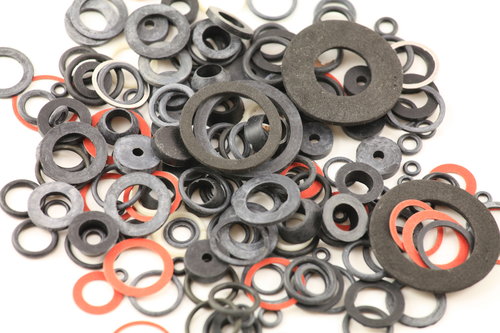Before sending materials into production, it’s important that companies be aware of the tolerances of the technology they’re using. Die cutting and slitting are both advanced production technologies that are designed to produce simple components and products. Tight tolerances might be critical in some cases and not as important in others. Tolerances impact the precision of each item over the course of the run.

Die Cutting and Tolerances
There are three primary methods of die cutting which are used at Tom brown, Inc.: flat bed, rotary, and water jet Each of these have different applications. Flat bed die cutting is primarily used for moderately sized and small runs. It’s a very cost-effective, fast, and simple method of die cutting, with the ability to process materials of varying thicknesses up to about 1/8”. The die tolerance itself is +- 0.005” but there are some products (particularly PVC foams) which may shrink slightly after the cutting operation. Rotary die cutting is a high precision method of producing high volume runs. Rotary die cutting has higher costs but is a much faster process. Rotary die cutting can hold a tolerance of +/- 0.005” or better. Finally, water jet cutting is a method of cutting using a CNC interface that is primarily used for customization, rapid prototyping, and smaller runs. Water jet cutting is slower but is very useful for cutting very thick materials or very large format materials. This method can hold a tolerance of +/- 0.010”
Slitting and Tolerances
The process of slitting can be used in preparing materials for die-cutting or as a standalone process. Slitting is often done for films, foams, tapes, textiles, and other thin materials. As with die cutting, there are multiple methods of slitting. The two major methods of slitting at Tom brown, Inc. are log slitting and rewind slitting . Log slitting can process wider rolls and is generally used as a one step standalone slitting process. This slitting method can hodl +/-1/32” and can even hold tighter tolerances with some materials. Rewind slitting is usually used in preparation for die cutting and will both slit the materials and rewind them. This slitting method can hpld +/1/32”.
